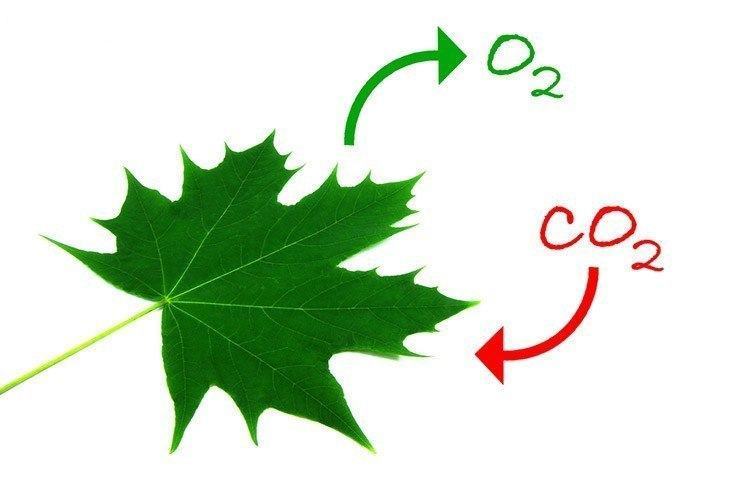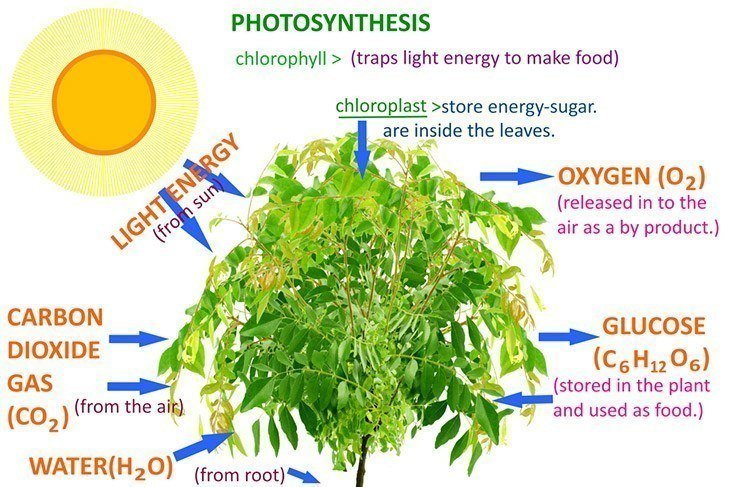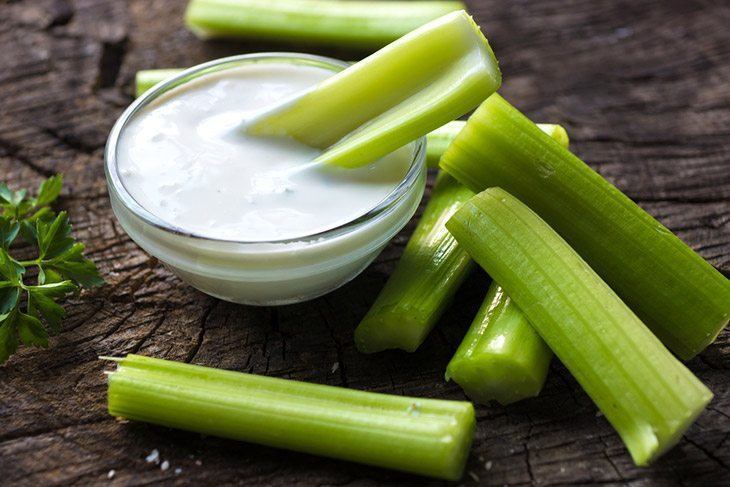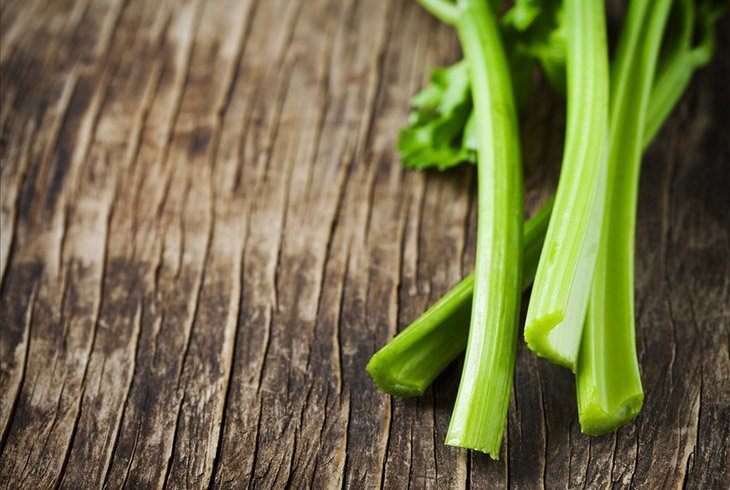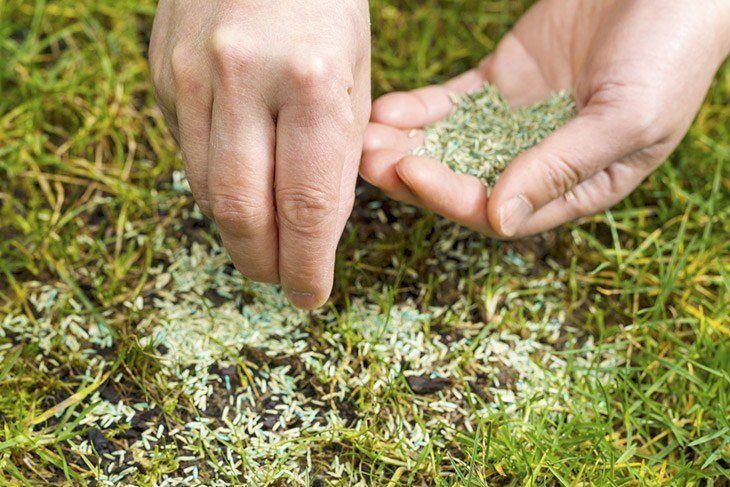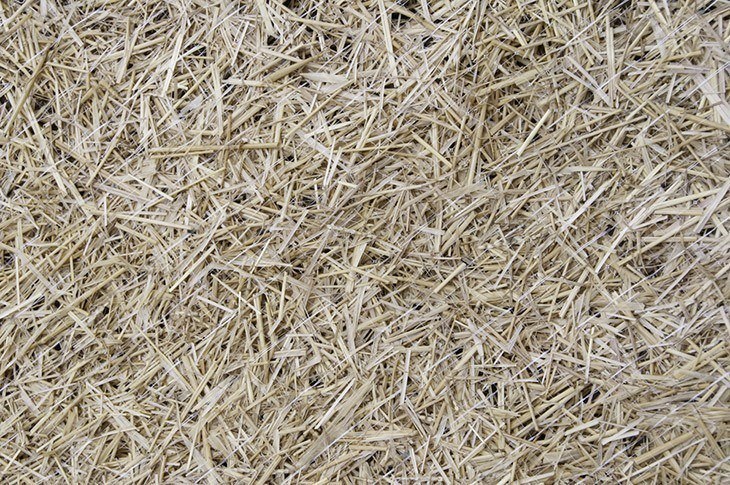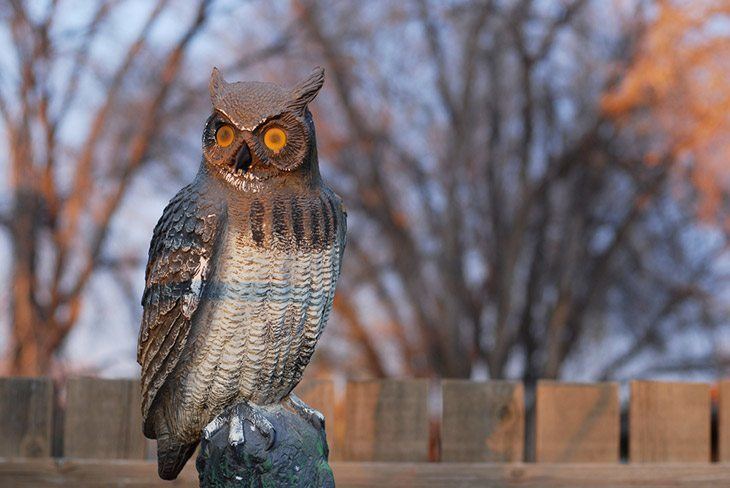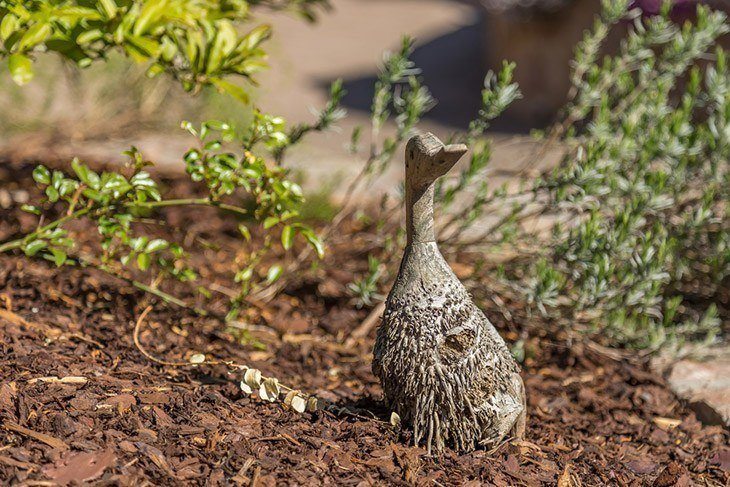 |
Image by C
Tomatoes are probably the most popular summer vegetable for experts and novices alike. Once all danger of frost is past and nighttime temperatures have risen above 55 F. (13 C.) degrees, it’s time to think about tomato planting. If you live in the South, tomato seeds can be sown directly into the garden. In cooler zones, you’ll be setting out transplants; questions about how to plant tomatoes arise.
Tips for Planting Tomato Plants
When planting tomato plants for family consumption, here’s a helpful tip. If you only want fresh fruit, purchase about three plants per person in your household. If you’re looking for fruit to process, you’ll need from five to 10 seedlings per person.
Before we talk about how to plant a tomato, let’s talk about what to look for before planting. Tomato plants should be straight and sturdy and six to eight inches high. They should have four to six true leaves. Those six cell packs will transplant just as well as the individually grown tomato. Planting will be the same for both, but make sure to tear the peat pot off around the top of the individual or make sure it sits beneath soil level.
How to Plant a Tomato
When asking about how to plant tomatoes, the first question is how deep. Tomatoes have the ability to grow roots along their stems, so when planting tomato plants, plant deep; right up to the first set of leaves. This takes care of those leggy tomato seedlings. If the plant is too long and wobbly, dig a small trench and lay the plant on its side, gently bending it into a right angle. Bury the stem in this position leaving those first two leaves exposed. Some gardeners believe those leggy starters will form a healthier plant than those with a more compact form.
Water your seedlings in with a weak solution of high phosphorus fertilizer. Now is the time to choose your support: stakes, cages, or unsupported. How far apart to plant tomato seedlings depends on your chosen support. If you decide to use cages or stakes, place them now so you don’t damage the growing roots later.
How Far Apart to Plant Tomato Plants
Plants should be about 3 feet apart when tomato planting with cages. Staking only requires about 2 feet between plants. Loosely tie the plants to their stakes as they grow, but set the stakes when you set the seedlings. You’ll need 3 feet between the plants and 5 feet between the rows if you’re planting tomato plants to grow naturally.
















